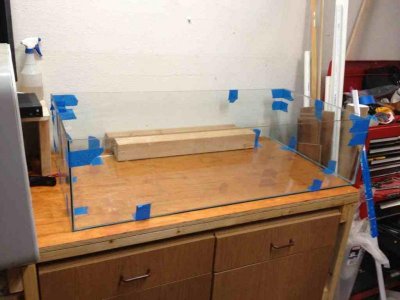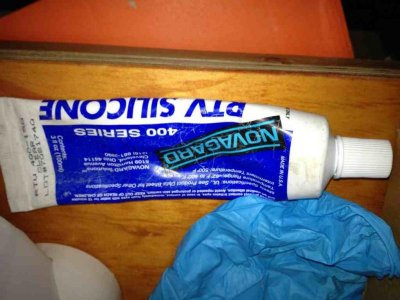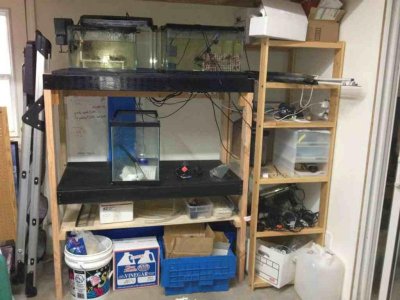zeroinverse
New member
So a few months back I found an abandoned fish tank. 4x2 footprint and 12" high. One long side pane glass was broken and it must have been a DIY tank. Someone siliconed aluminum bottom braces.
So I stripped off all the silicone and bought a new glass for side pane. Since it is only 12" high, I used 1/4" glass (glass pane cost me $30).
Found some old Novagard RTV series 400 silicone and put my tank back together.


Note: industrial-grade, slow cure silicone is recommended over stuff at home depot, etc. Slower cure time helps create a stronger bond. For 12" high it may not be a super big deal, but taller tanks will benefit from the added strength.
And finally, my upcoming man-cave with frag rack and extra tanks for berghias/aiptasia culturing.

So I stripped off all the silicone and bought a new glass for side pane. Since it is only 12" high, I used 1/4" glass (glass pane cost me $30).
Found some old Novagard RTV series 400 silicone and put my tank back together.


Note: industrial-grade, slow cure silicone is recommended over stuff at home depot, etc. Slower cure time helps create a stronger bond. For 12" high it may not be a super big deal, but taller tanks will benefit from the added strength.
And finally, my upcoming man-cave with frag rack and extra tanks for berghias/aiptasia culturing.

